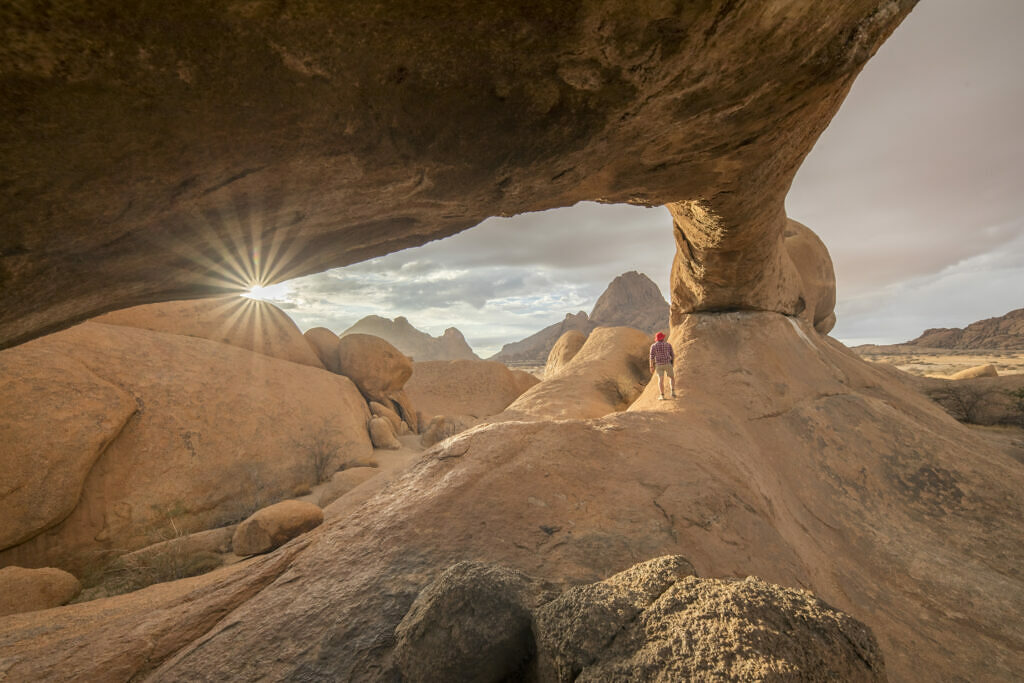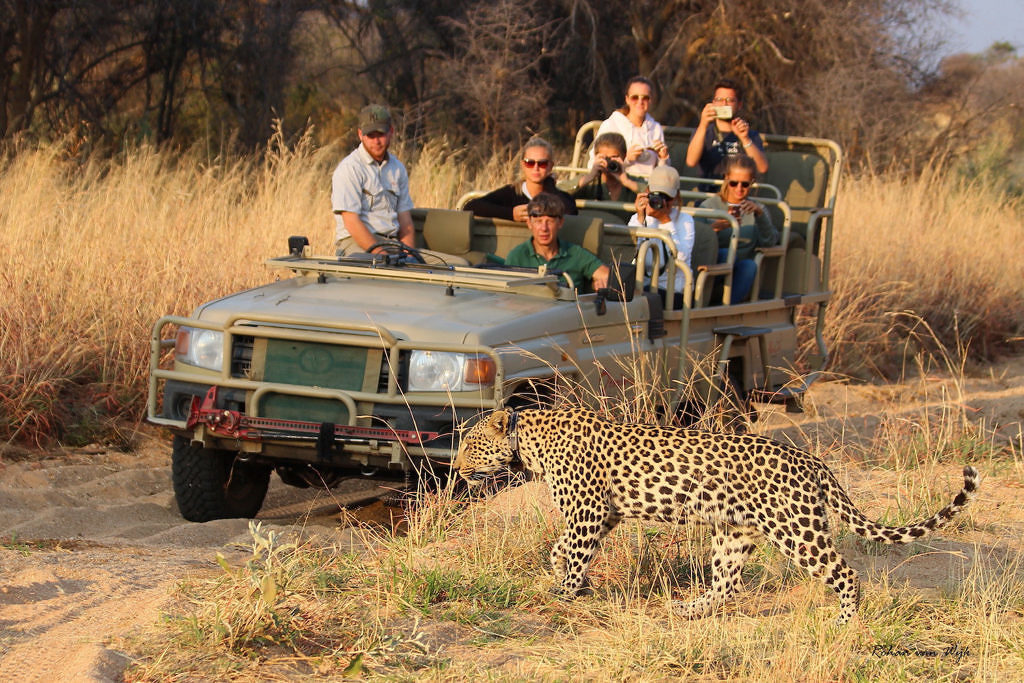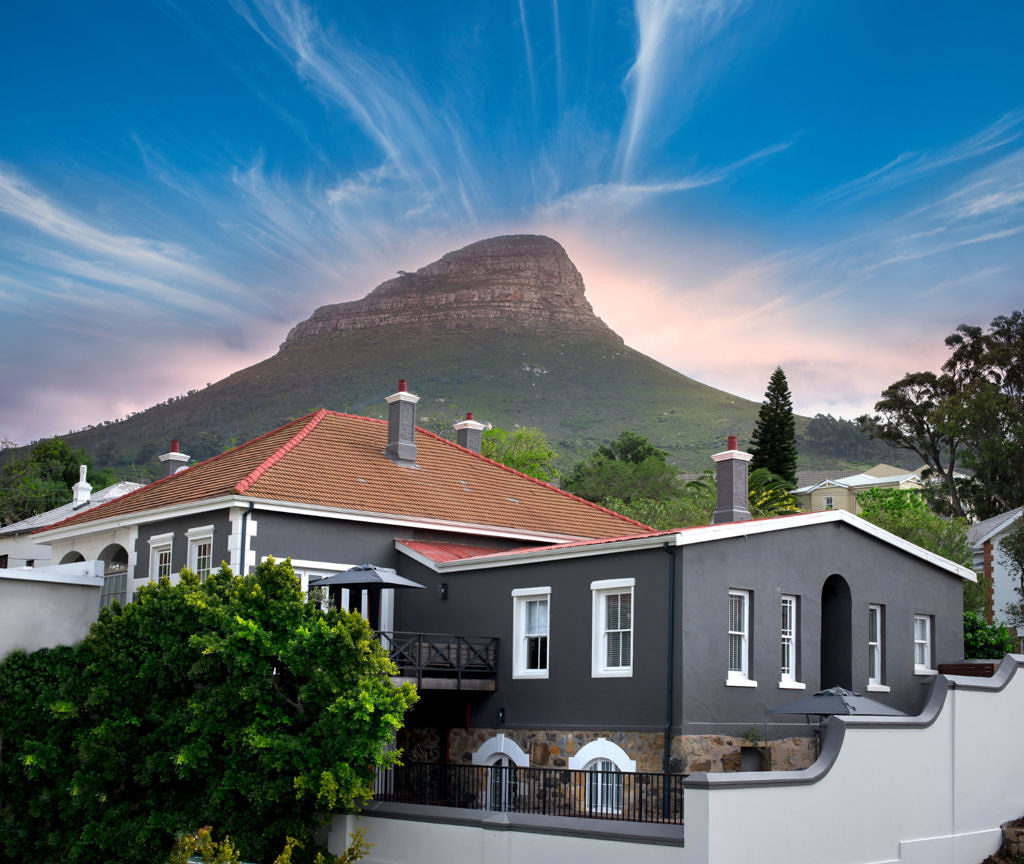Desert Safaris with a Magnificent Backdrop
Namibia is unlike any other safari destination, it is one of the driest and least populated countries on Earth, but that doesn’t mean it is sparse in terms of attractions. Spectacular landscapes of stark beauty are Namibia's defining feature. The country is named after the world's oldest desert, the Namib - a virtual sea of rolling red dunes up to 300 metres high that supports a diversity of desert-adapted plants and animals. In addition to the Namib, the country has a host of otherwordly landscapes from the world’s second-largest canyon, to its wild coastline, to lush rivers and wetlands and the endless gold-grass plains of the Kalahari. Etosha National Park is one of the world’s best wildlife-watching destinations with big cats, elephant, black rhino and plains game in abundance.
Namibia stands out for being very safe and visitor friendly. It has a good infrastructure and road network, stable governance, is family-friendly and because of the ease of travel is often described as ‘Africa for beginners’. If you are looking for a unique journey to a timeless landscape with friendly people and very few other visitors, then get in touch with the team of experts at Hekaya. We have handpicked our Namibian recommendations and will craft an itinerary that meets your needs and delights your senses. Much of Namibia is malaria free adding to the attraction for families.
Namibia has a subtropical desert climate characterised by large differences in day and night temperatures, low rainfall and low humidity. The dry season corresponds with Namibia's winter and is from about May to September while the wet summer season is from October to April. October and November can be very hot if the rains have not yet arrived but will also offer the best game viewing.
Best Time to Travel to Namibia
Choosing your time to travel will depend on many things- such as your budget and interests. In general, the best time to visit Namibia is in the dry season from June to October, although it can be visited throughout the year. Wildlife viewing in all game viewing areas is best in the dry season as wildlife gathers around water sources and is easier to see.
Between December and March, some days will be humid and rain may follow, often in afternoon thunderstorms that are followed by sunshine. The wet or green season does bring beautiful landscapes, the birth of many young animals, migrant bird species and very good rates.
The Skeleton Coast is best visited during the warmer months from October to March when there are clear skies and less foggy conditions.
The following countries do not need a Namibian Visa:
Angola, Armenia, Australia, Austria, Eswatini, Azerbaijan Belarus, Belgium, Botswana, Brazil, Canada, Cuba, Denmark, Finland, France, Germany, Hong Kong, Iceland, Indonesia, Ireland Italy, Jamaica, Japan, Kazakhstan, Kenya, Kyrgyzstan, Lesotho, Liechtenstein, Luxemburg, Macau (SAR), Malaysia, Malawi, Mauritius, Moldova, Netherlands, New Zealand, Norway, Portugal, Russian Federation, Seychelles, Singapore, South Africa, Spain, Sweden, Switzerland, Tajikistan, Tanzania, Turkmenistan, Ukraine, United Kingdom, United States of America, Uzbekistan, Zambia, Zimbabwe, Hong Kong, Luxemburg and Mozambique.
*Please note that the immigration laws do change frequently and therefore we advise that you visit Namibia Immigration department website for up to date visa information. Alternatively, the World Travel Guide website can offer relevant information on visa requirements for Namibia.





